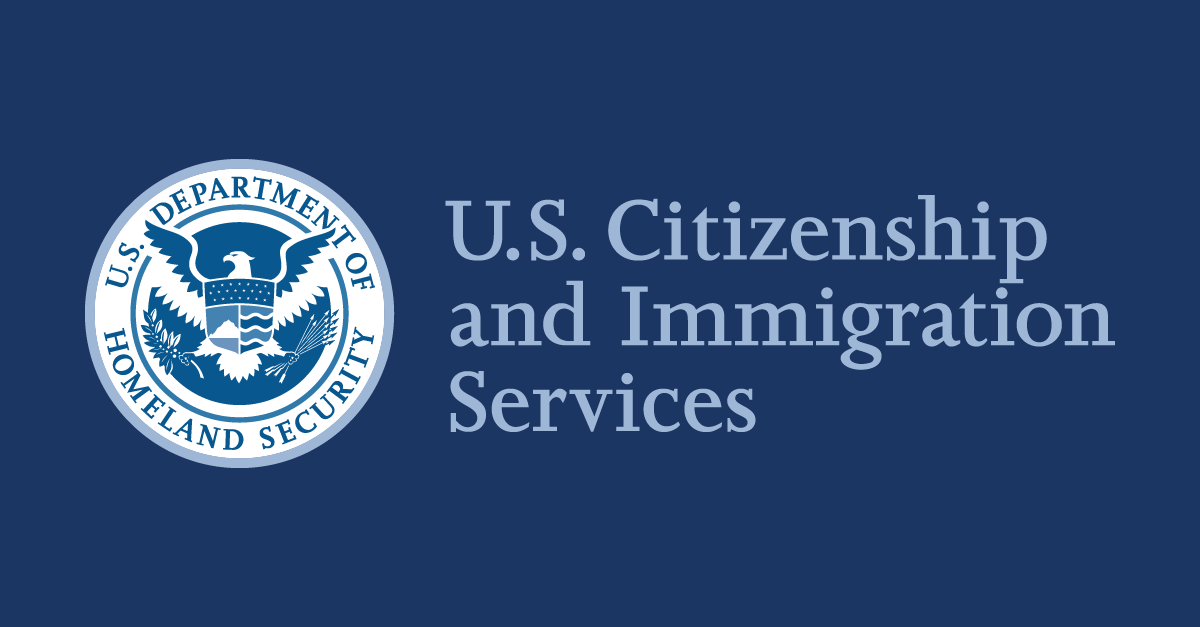WASHINGTON— Today, U.S. Citizenship and Immigration Services announced updated policy guidance affecting children born outside of the United States and the determination of whether children born through assisted reproductive technology (ART) are considered to have been born “in wedlock.” This policy update will allow a non-genetic, non-gestational legal parent of a child to transmit U.S. citizenship to the child if the parent is married to the child’s genetic or gestational parent at the time of the child’s birth, and the relevant jurisdiction recognizes both parents as the child’s legal parents.
“USCIS is taking a crucial step towards ensuring fair access and support for all families and their loved ones,” said USCIS Director Ur M. Jaddou. “We are committed to removing unnecessary barriers promoting policies for all people as they embark on their journey to citizenship and beyond.”
This guidance will also be applied to the family-based petitions for determining whether a child is born in wedlock. Previously, USCIS required that the child’s genetic parents (or the legal gestational parent and one of the genetic parents) be married to one another for a child to be considered born in wedlock.
In 2014, USCIS updated its policy to allow a parent who is the gestational and legal parent of a child under the law of the relevant jurisdiction at the time of the child’s birth to transmit U.S. citizenship to the child if all other citizenship requirements are met.
For more information on USCIS and its programs, please visit uscis.gov or follow us on Twitter, Instagram, YouTube, Facebook, and LinkedIn.
Official news published at https://www.uscis.gov/newsroom/news-releases/uscis-removes-barriers-to-us-citizenship-for-children-born-abroad-through-assisted-reproductive


